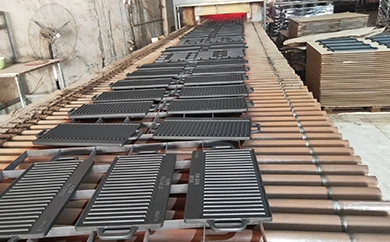Another significant advantage of cooking with a 3% cast iron pan is its ability to develop a natural non-stick surface through seasoning. With regular use and proper care, over time, the fats and oils used in cooking create a layer that enhances both the cooking surface and flavor of the food. Unlike synthetic non-stick coatings, seasoned cast iron is free from potentially harmful chemicals and is entirely safe for high-heat cooking.
...
2025-08-16 03:41
945


